June 2, 1941, when Lou Gehrig bade adieu
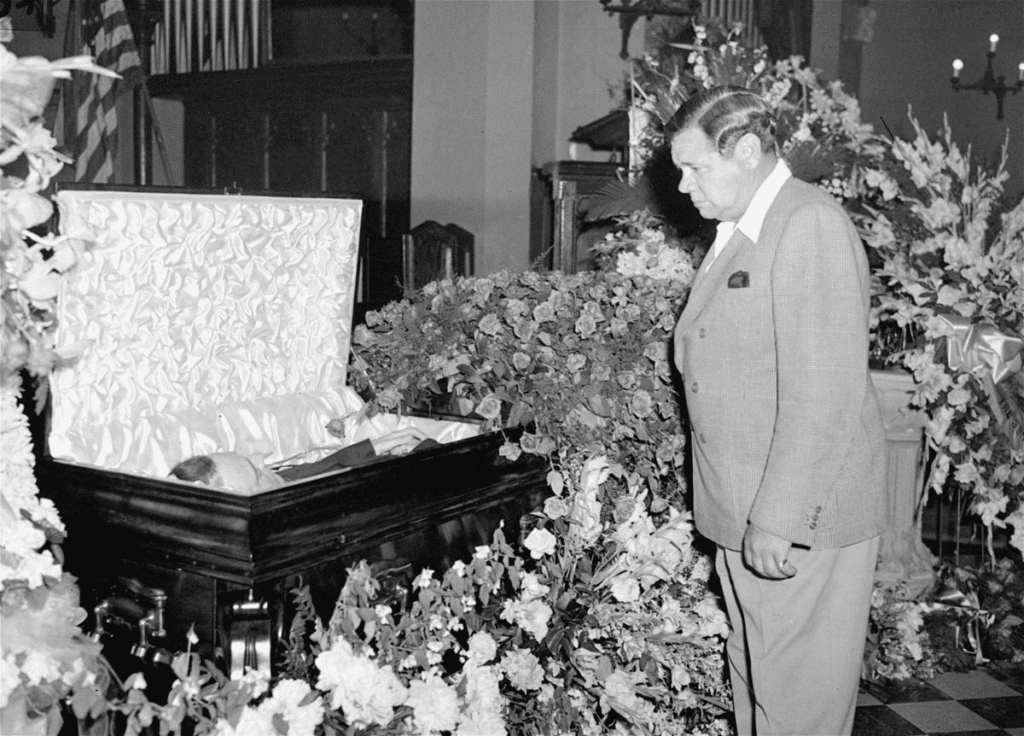
-
 John Allen
John Allen
- June 2, 2023
- 1:03 pm
- One Comment
Table of Contents
After Lou Gehrig‘s unexpected retirement in 1939, the Yankees were able to bounce back and win 106 games, securing their fourth consecutive World Series victory. However, in 1940, Lou Gehrig’s absence, along with the aging of other important players, greatly affected the team’s performance. Joe DiMaggio, despite being a talented player, couldn’t single-handedly carry the Yankees to success. This led to questions about whether DiMaggio could truly follow in the footsteps of Lou Gehrig and the legendary Babe Ruth before him.
Lou Gehrig made an effort to alter that perception. In February 1941, right before the start of spring training, he had a conversation with John Kieran, a sports columnist from the New York Times, at his home on Delafield Avenue in the Bronx. During their discussion, Lou Gehrig urged Yankees fans to acknowledge that DiMaggio could be the greatest player they would ever witness. He emphasized DiMaggio’s exceptional skills and strength. However, DiMaggio was not the type to actively transform the Yankees’ culture through vocal means. He patiently awaited his turn to make his mark on the team.
Lou Gehrig turned immortal
On June 2, in Detroit, it came unexpectedly and caused intense distress. As the Yankees arrived at the Book-Cadillac Hotel in Detroit, they were in high spirits. They had just won two out of three games against the leading Cleveland Indians. The team was filled with cheer as they made their way to the hotel. Phil Rizzuto and Joe Gordon, in particular, had energized the team with a lively sing-along during the train journey from Ohio to Michigan. Rizzuto, the beloved rookie, received playful teasing from his teammates about a flashy suit he had bought in the nearby Canton area.
Shortly after 11 o’clock, taxis began arriving at the Book-Cadillac hotel, dropping off the Yankees in small groups. During this time, the hotel manager, William Chittenden, approached Joe McCarthy, the Yankees’ manager, with a serious and solemn expression on his face.
Chittenden informed Mr. McCarthy that he had some unfortunate news. Marse Joe inquired about the nature of the news, to which Chittenden responded that they had received information via the radio that Lou Gehrig had passed away.
George Selkirk, an experienced outfielder for the Yankees, stood close by along with pitchers Johnny Murphy and Lefty Gomez. The news had left them all in a state of shock, unable to shed tears or even find the strength to move. McCarthy, his cigar trembling in his grasp, located a chair in the corner of the lobby. He expressed his disbelief by shaking his head.
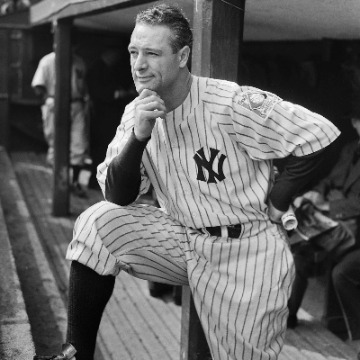
Yankees refused to believe
He inquired if there was a possibility that the news of Lou Gehrig’s death might not be true. The response he received was that, unfortunately, there was no doubt about its veracity as it was being widely reported in the news.
Selkirk began tearing the piece of paper that displayed his room number into small fragments. Meanwhile, Gomez gazed into the distance, lost in his own thoughts.
After a brief span of time, Bill Dickey, the catcher who had been Lou Gehrig’s roommate and one of his dearest friends, energetically entered the lobby. He had just returned from a nearby drugstore where he would often indulge in his customary nightly malted milkshake, a tradition he had once enjoyed with Lou Gehrig. As he observed the expressions on his teammates’ faces, Dickey immediately understood that something was amiss, rendering any need for him to inquire about the matter unnecessary.
Dickey experienced a strange and familiar feeling of deja vu. It was in this very hotel, precisely 25 months prior on May 2, 1939, that Lou Gehrig had made a significant choice. After playing an impressive 2,130 consecutive games, Lou Gehrig had approached McCarthy at the cigar shop within the Book-Cadillac. They had then ridden the elevator to McCarthy’s room, where Lou Gehrig informed his manager that he wouldn’t be able to play that day. At that time, Lou Gehrig was unaware of the grave illness he was facing; all he knew was that his baseball skills had diminished significantly.
That evening, in the privacy of their shared room, Dickey had provided reassurance to Lou Gehrig. He had conveyed to Lou Gehrig that what he truly needed was some rest, emphasizing that he had earned and deserved a break given his dedication and hard work.
Dickey expressed astonishment, noting that it had only been a few days prior to their departure for New York when he had spoken to Lou Gehrig over the telephone. Lou had assured him that he felt fine. Dickey also mentioned that Tommy Henrich had spoken to Lou and received the same information.
As his voice began to tremble, he revealed the depth of his emotions. According to him, he had just lost his closest friend. He remarked that it felt akin to losing a member of his own family, like losing a brother.
The Yankees tears
Overwhelmed with emotions, McCarthy, on the verge of tears, gestured towards a particular spot in the lobby.
McCarthy nostalgically recounted the pivotal moment when Lou Gehrig had approached him in that precise location. Lou Gehrig had conveyed his longstanding belief that he should step away from the team once he no longer felt useful. Recognizing that his reflexes had deteriorated and he struggled to dodge balls, McCarthy had made the decision for him to retire immediately. McCarthy expressed his genuine fondness for Lou Gehrig, acknowledging him not only as an outstanding ballplayer but also as a remarkable individual of great character.
McCarthy and Dickey hurriedly returned to New York to attend Lou Gehrig’s funeral. Meanwhile, the remaining Yankees, led by DiMaggio, continued playing at Briggs Stadium. Unfortunately, they suffered two consecutive losses. However, there was an undeniable feeling among the team and surrounding observers that something significant had shifted within the team dynamics, particularly concerning the centerfielder, DiMaggio.
Like everyone else, DiMaggio was profoundly devastated upon receiving the news.
He offered a sincere eulogy, describing Lou Gehrig as a remarkable ballplayer and an outstanding individual. He emphasized that Lou Gehrig had been a positive role model and a source of inspiration for the younger players on the team.
Subsequently, he took on the responsibility of filling the emotional gap that had been left by the departed captain, doing so in a subdued manner. This role was not something he actively pursued or necessarily desired, yet it had become his duty. During those two days in Detroit, he managed to obtain three hits against formidable pitchers like Dizzy Trout, Hal Newhouser, and Bob Muncrief.
As a result, his humble hitting streak extended to 21 consecutive games.
Lou Gehrig’s last journey
In the Riverdale neighborhood of the Bronx, approximately 5,000 individuals, including men, women, and children, respectfully passed by a bier at Christ Protestant Episcopal Church. They made an effort to maintain a dignified pace while also pausing for a brief moment to catch one last glimpse of the renowned face that rested peacefully within the casket.
Several hours before, a few thousand more individuals had participated in the same mournful ceremony in Manhattan, specifically at the Church of the Divine Paternity located on Central Park West and 76th Street. Originally, neither church was intended to be accessible to the general public, as the wakes were intended to be private gatherings solely for friends and family. However, due to the overwhelming number of people congregating around both locations, the esteemed man’s widow made the decision to open the doors and welcome his admirers inside, allowing them to bid their last farewells.
In Manhattan, the process of people passing by took a duration of three hours. It appeared that the same would be true in the Bronx. The entire population of New York City, it seemed, had a strong desire to bid their final goodbyes to Lou Gehrig.

The legacy of Lou Gehrig
He had held the hope that his legacy would primarily be associated with his achievements on the baseball field and his dedicated service in the New York City Parole Commission. From 1925 to 1939, Lou Gehrig had an extraordinary streak of playing in 2,130 consecutive games for the Yankees, a remarkable display of endurance that was widely anticipated to endure as an unbeatable record in the eyes of most baseball enthusiasts.
Furthermore, Lou Gehrig’s commitment extended beyond mere attendance. Throughout those 15 seasons, he built an exceptional career that left an indelible mark in the annals of baseball history. His accomplishments were truly remarkable: he amassed an impressive 493 home runs (second only to Babe Ruth at the time of his retirement), recorded 1,995 runs batted in, maintained a lifetime batting average of .340, and boasted a formidable slugging percentage of .632.
During his second career as a parole commissioner, Lou Gehrig found immense satisfaction in speaking candidly and honestly with troubled teenagers from the toughest neighborhoods in the city. Among his accomplishments, one of his most remarkable achievements was the successful transformation of a streetwise youngster named Thomas Rocco Barbella, hailing from the challenging environment of Manhattan’s Lower East Side.
In the later years of his life, when he was known as Rocky Graziano, he achieved the remarkable feat of becoming the middleweight boxing champion of the world. Reflecting on his journey, he acknowledged Gehrig’s significant impact by stating that without him, he would have inevitably ended up facing the consequences of the electric chair.
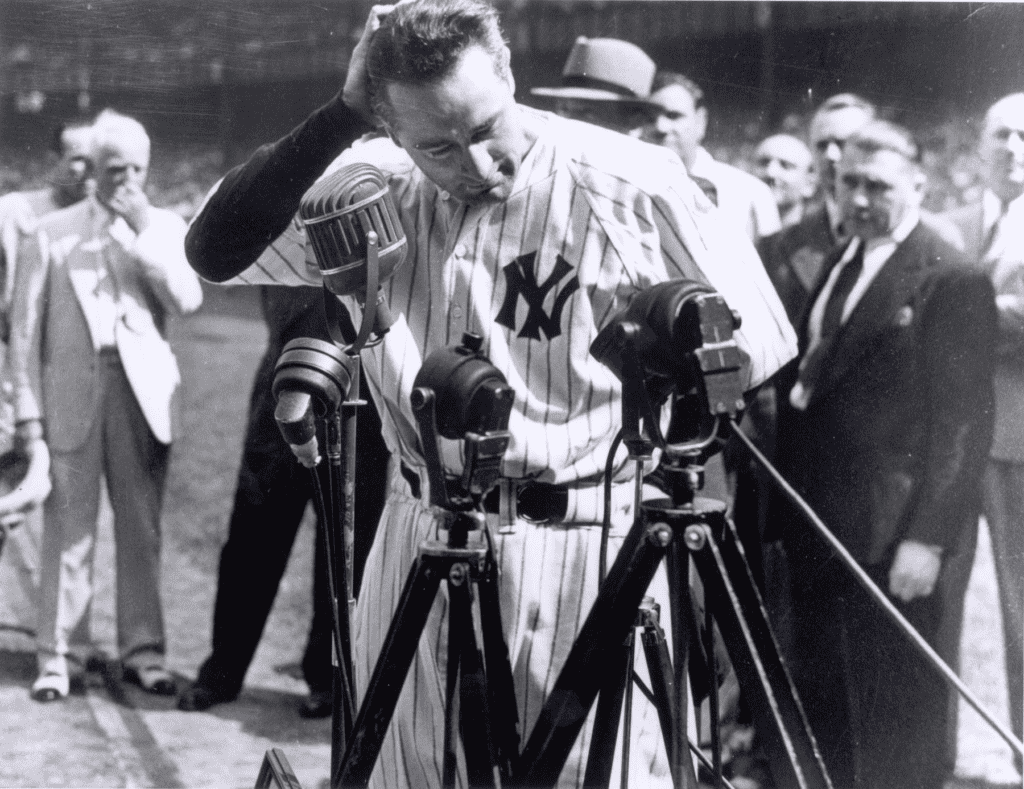
Despite Lou Gehrig’s remarkable achievements and lasting contributions to the game of baseball, his legacy would ultimately be defined by a tragic turn of events. He was struck down in the prime of his life by a devastating neurological disorder known as amyotrophic lateral sclerosis (ALS). This affliction, which was previously unfamiliar to many, would subsequently be commonly referred to as “Lou Gehrig’s Disease” as a way to honor his memory.
At the age of merely 35, Lou Gehrig received the devastating news of his impending mortality during his visit to the Mayo Clinic in Rochester, Minnesota, in June 1939. Tragically, as his health rapidly deteriorated over the following months, he passed away on the evening of June 2, 1941, with a mere 17 days remaining before his 38th birthday.
The following day, a diverse group of mourners, consisting of both ordinary fans and notable figures, came together to bid farewell. Among them were Bill “Bojangles” Robinson, the renowned dancer, as well as Babe Ruth. Additionally, nine representatives from Commerce High School, Lou Gehrig’s former school, were in attendance. A firefighter named Patrick McDonough, who had planned to embark on a family vacation that evening, tearfully expressed his need to pay his respects to one of the most extraordinary individuals in history.
On the morning of June 4, following his passing, Lou Gehrig’s memorial took place at Christ Church in the absence of a eulogy. Subsequently, he was laid to rest at Kensico Cemetery in Valhalla, located in Westchester County.
Rev. Gerald V. Barry stated during the memorial service that there was no necessity for a eulogy since everyone in attendance was familiar with Lou Gehrig.
How do you rate Lou Gehrig in the pantheon of sports greats?
- Categories: Lou Gehrig
- Tags: Lou Gehrig
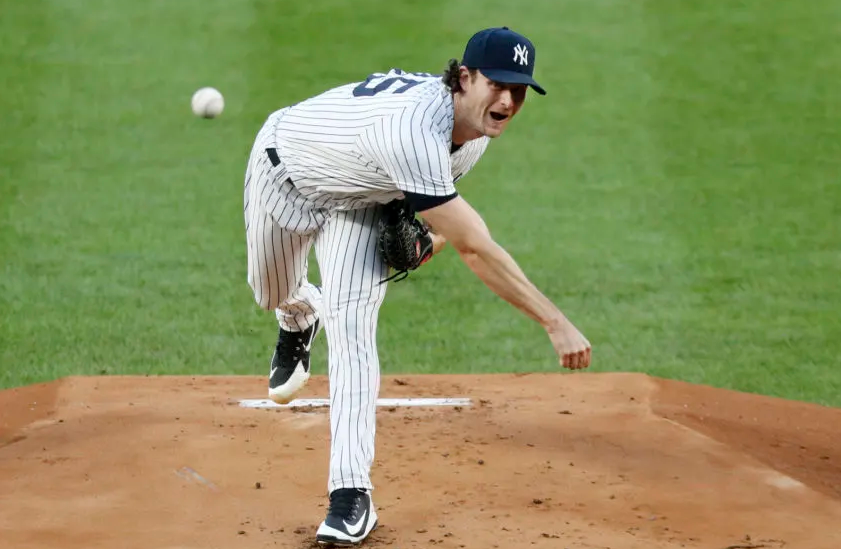

 Follow Us
Follow Us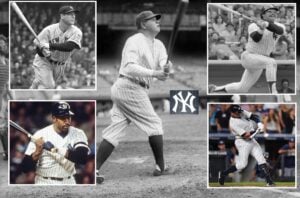
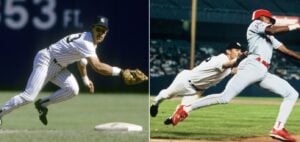
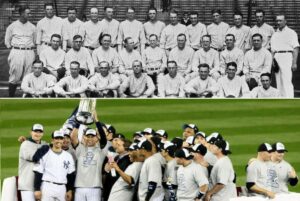
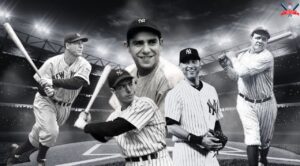







One thought on “June 2, 1941, when Lou Gehrig bade adieu”
ALS is a cruel disease. My mum is 83 and had great difficulty speaking and swallowing much of anything. Food was getting trapped in her throat and blocking her air way was happening more often. she battled for each breath. The riluzole did very little to help her. The medical team did even less. Her decline was rapid and devastating. The psychological support from the medical centre was non-existent and if it were not for the sensitive care and attention of our primary physician, there she would have died. There has been little if any progress in finding a cure or reliable treatment. Acupuncture eased her anxiety a bit. this year our primary physician started her on Natural Herbs Centre ALS/MND Ayurvedic treatment, 6 months into treatment she improved dramatically. It has been a complete turnaround with her speech, she no longer needs the feeding tube to feed, the treatment is a miracle. She recovered significantly! Visit Naturalherbscentre